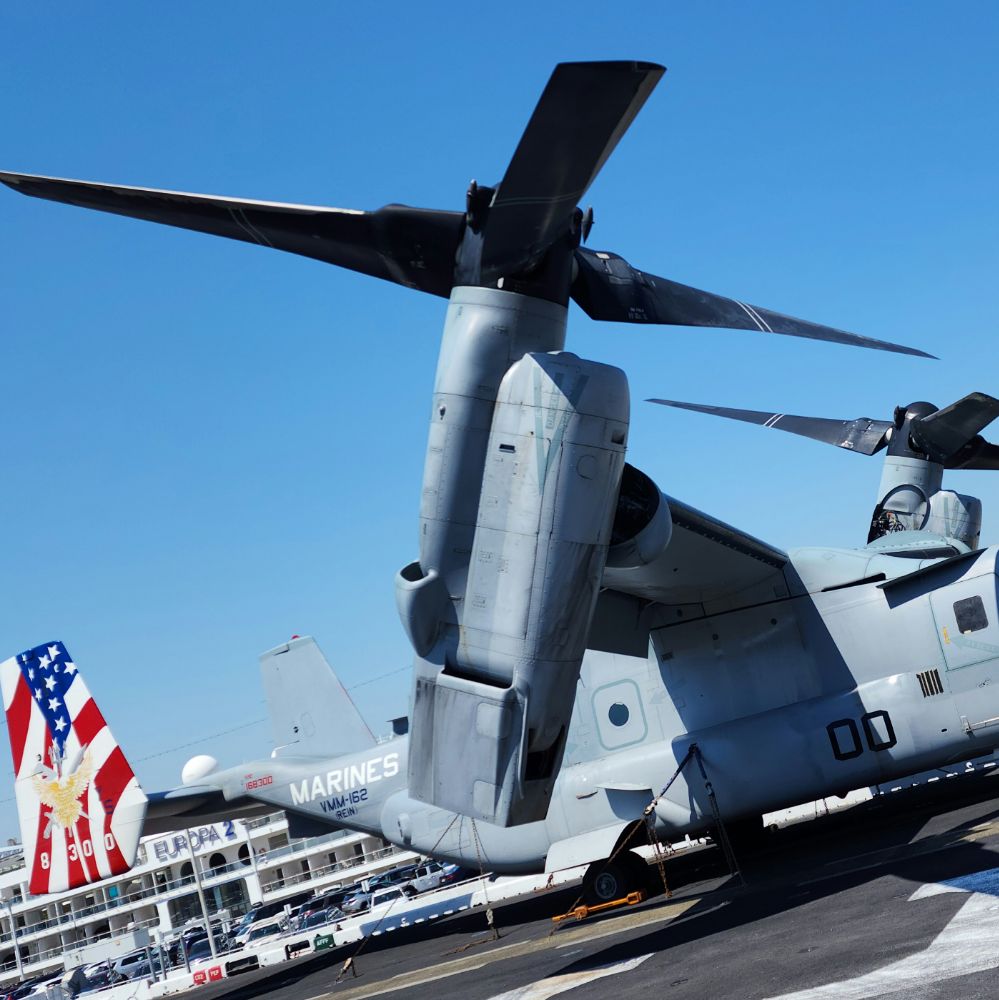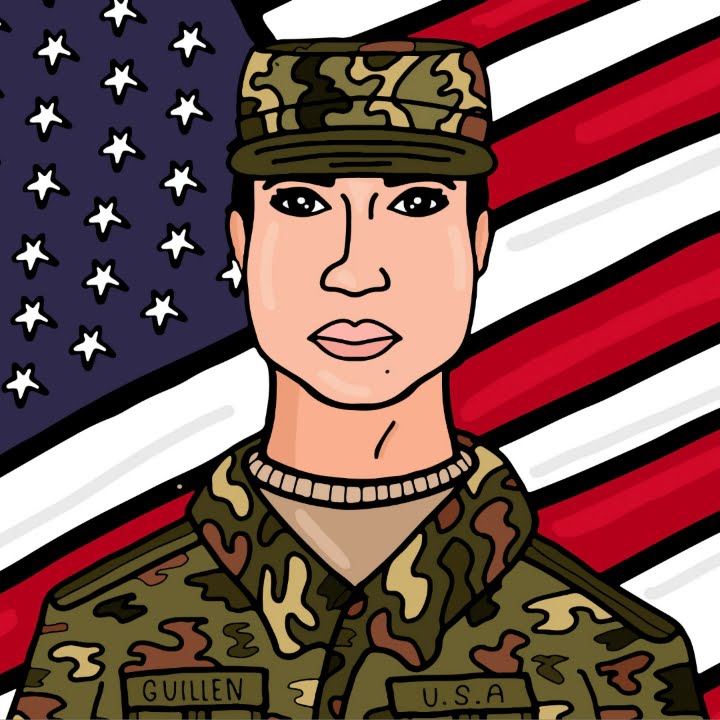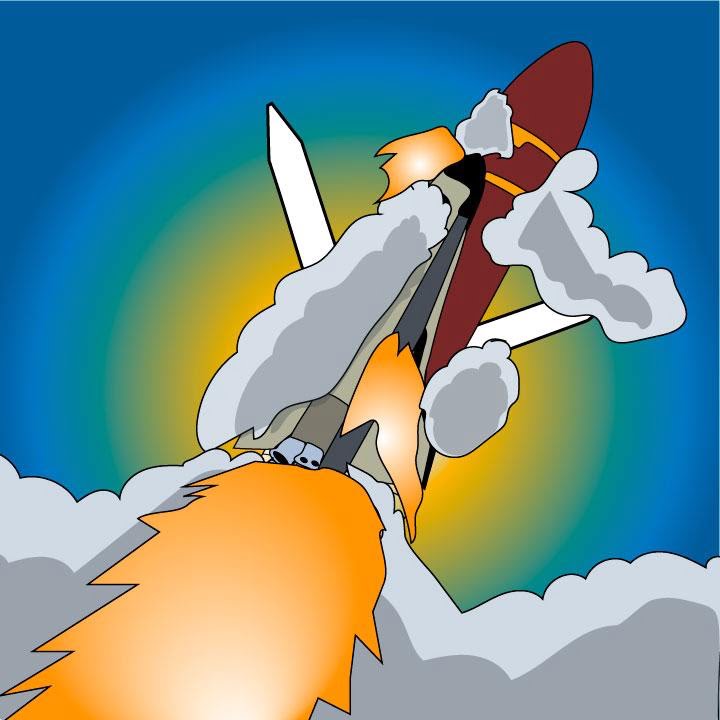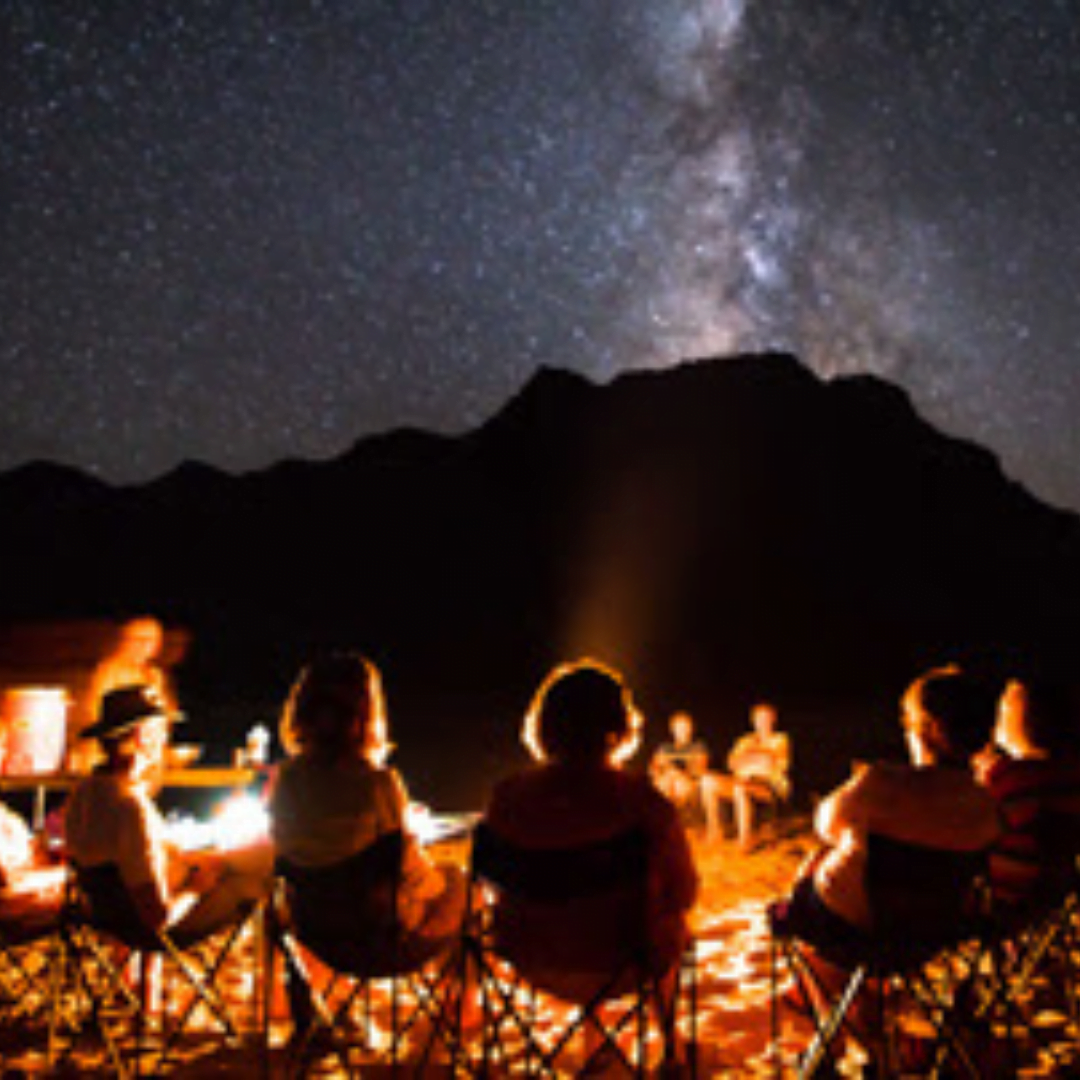The amphibious assault ship USS Bataan (LHD 5) will host Fleet Week New York.


The amphibious assault ship USS Bataan (LHD 5) will host Fleet Week New York.

ESPN networks will highlight nearly a dozen ranked squads during Week 8 of the college football season, including four of the top five programs ranked in the AP Top 25. In total, nearly 40 games are set for the spotlight on ESPN platforms, with every game available on the ESPN App. One of the week’s […]

By: Clara Guthrie Members of the Senate Armed Services Committee have proposed a revolutionary reconfiguration of the federal military draft that is aimed at including women in the Selective Service System, according to a release from POLITICO. As the law stands now, all American men must register for the service when they turn 18, although the […]

By Emmet McGeown “How can this happen on a military base? How can this happen while she was on duty? How can this just happen and then let it go under the rug like it was nothing?” These were the words of Mayra Guillen, sister of Pfc. Vanessa Guillen, who has been missing for months […]

Are Hurricanes Really Getting Worse? Author and climate scientist Bill Pekny says while recent severe storms may lead us to believe the answer is yes, the data doesn’t back this up. He explains why the way we track and measure hurricanes is so misleading. As we approach the start of the 2021 Atlantic hurricane season (June 1–November […]

By Cassandra Yany On Wednesday, Netflix released “Challenger: The Final Flight,” a four-episode docuseries about the tragic explosion of the Space Shuttle Challenger. The doc was directed by Daniel Junge and Steven Leckart, and executive produced by JJ Abrams and Glenn Zipper. It provides a complete look at the events leading up to the takeoff […]

Considered by many to be the most rigorous and highly trained military force in the world, Navy SEALs work in sometimes hopeless conditions to carry out special operations. This branch of the military was established by President John F. Kennedy to perform a variety of operations of unconventional warfare. Because of the nature of their […]

Yeoman 2nd Class Ricardo Zaldana, from Westbury, New York, communicates with the anti-terrorism watch officer via a hand-held radio during an anti-terrorism training evolution on the pier of U.S. 7th Fleet flagship USS Blue Ridge (LCC 19). Anti-terrorism training evolutions test Sailors skills and knowledge on the various responses to terrorist situations and threats. Blue […]


Once monthly from May through October Holiday River Expeditions (http://www.bikeraft.com/) shares the mystery and romance of the Dark Sky with star-struck guests who are participating in one of this veteran travel company’s 2018 Stargazing adventures. “It’s easy to get excited about this special trip series. Seeing how it has deepened our guests’ understanding and our […]